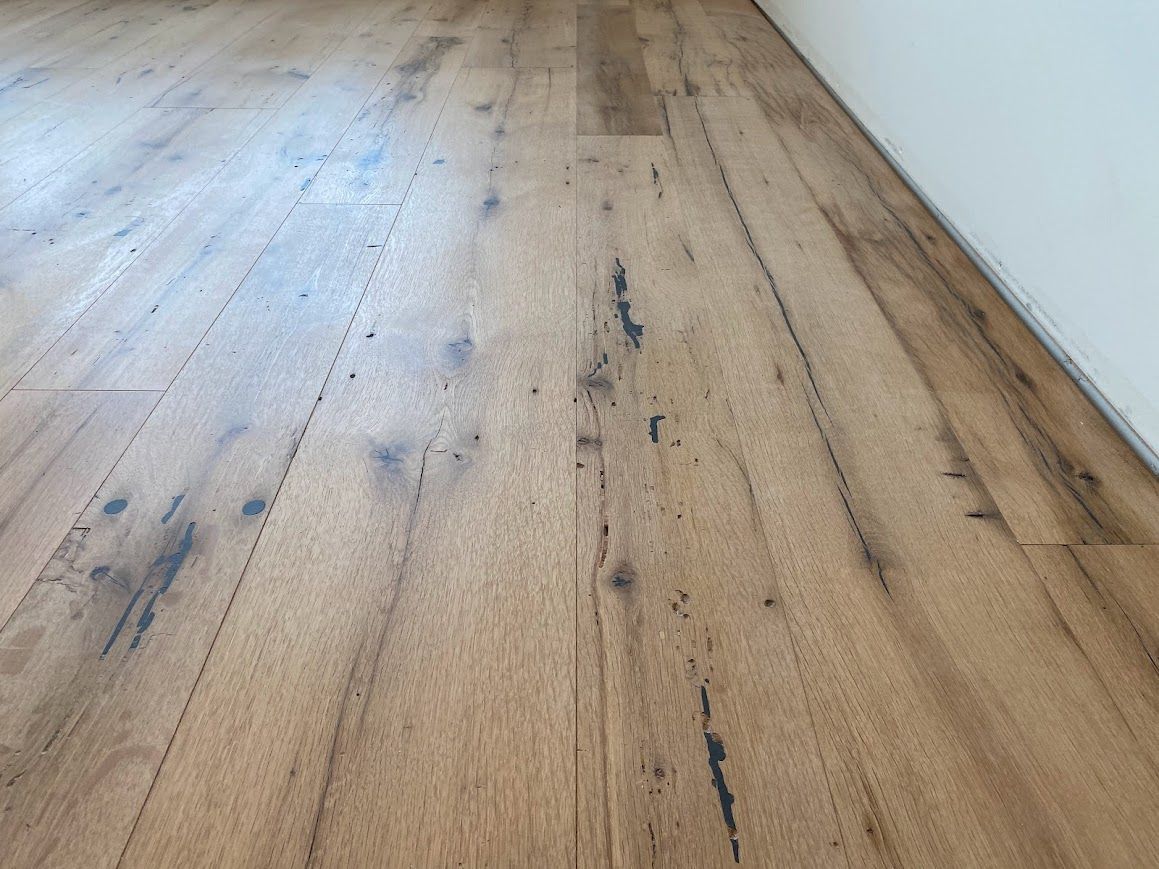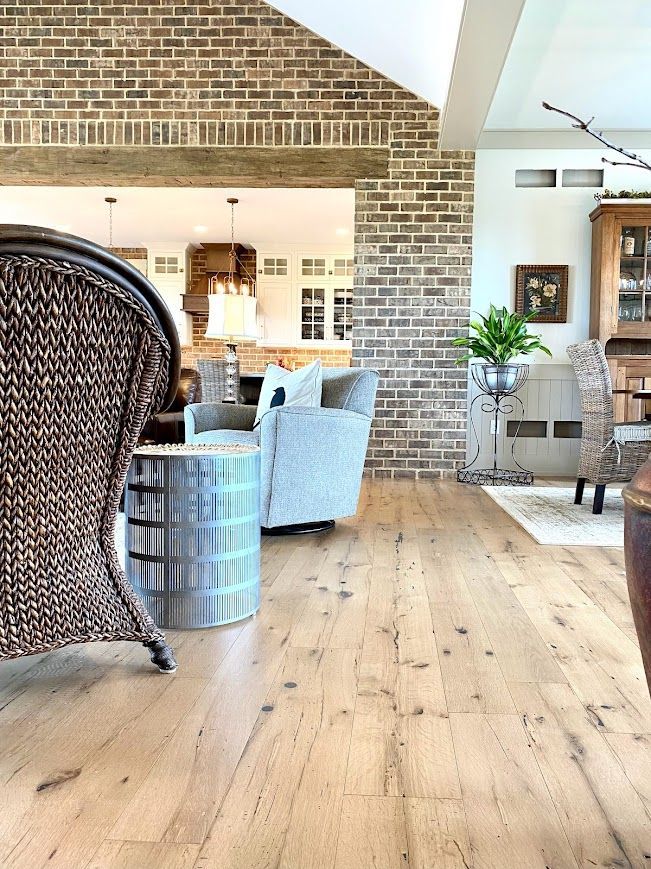Is Reclaimed Flooring Worth the Hype? Get the Facts
Explore reclaimed flooring benefits and decide if it’s worth it

Reclaimed flooring has become incredibly popular in recent years, and for good reason. It combines sustainability with a one-of-a-kind appearance. If you’re looking for flooring that’s not just beautiful but also meaningful, reclaimed wood might be the perfect choice for your space.
What Makes Reclaimed Flooring Unique
Reclaimed flooring comes from old barns, factories, and other demolished or renovated buildings. Instead of ending up in landfills, this wood is salvaged and given a new life.
What’s special about reclaimed wood is its character. Every piece has its own history, shown through its unique grain, nail holes, and aged patina. These details come from decades or even centuries of use, and no new wood can replicate this charm. Reclaimed wood gives your space depth and warmth that stands out.
Eco-Friendly Benefits
Reclaimed flooring isn’t just about style; it’s also great for the environment. Here’s how it helps:
Protects Forests
Using reclaimed wood means fewer trees need to be cut down. This is especially helpful for saving old-growth forests, which have taken centuries to grow.
Reduces Carbon Footprint
Manufacturing new wood products takes lots of energy. Reclaimed wood skips this process, making it a greener option.
Cuts Down on Waste
Instead of throwing old wood into landfills, we reuse it. This reduces construction waste and supports a more sustainable way of building.
By choosing reclaimed flooring, you’re helping the planet while adding character to your home.
How Much Does Reclaimed Flooring Cost?
Reclaimed wood often costs more than new hardwood flooring. Prices range from $5 to $25 per square foot, depending on the type of wood and its condition.
But here’s why it’s worth the investment:
- Adds Value to Your Home: Reclaimed wood can make your home more appealing to buyers. Many people love its unique character and the story it tells.
- Extremely Durable: Reclaimed wood often comes from old-growth trees, meaning the wood is dense and strong. This helps it last longer than newer, faster-grown lumber.
Think of reclaimed flooring as an investment, not just in beauty but also in quality and sustainability.
What to Know About Installation and Maintenance
Before installing reclaimed flooring, there are a few extra steps to keep in mind:
Preparing the Wood
Reclaimed wood often needs to be cleaned, checked for nails or metal, and dried properly to remove excess moisture.
Professional Installation Recommended
The planks may vary in size and condition, which can make installation tricky. A skilled installer will be able to handle these challenges and create a beautiful, even floor.
Low-Maintenance Aging
Like regular hardwood, reclaimed flooring is easy to maintain. But scratches and wear blend into the wood’s natural patina, adding to its charm instead of detracting from it.
With the right preparation and care, reclaimed wood floors can become a stunning centerpiece in your home.

Is Reclaimed Flooring Right for You?
Reclaimed wood is a great option if you care about:
- Unique, historic design
- Environmental sustainability
- Durable, long-lasting materials
- Supporting the reuse of historic materials
However, it may not be ideal if your budget is tight or if you prefer a uniform, modern look. Always work with trusted suppliers who prepare the wood responsibly. This includes kiln drying to prevent moisture issues and checking for nails or other hardware.
Final Thoughts
Reclaimed flooring blends history, sustainability, and timeless beauty. While it requires a larger upfront investment and some extra care during installation, the benefits are undeniable. Each plank carries a story, and that’s something modern materials simply can’t offer.
At Bay & Bent, we specialize in transforming historic timbers into stunning features for modern homes. Explore our commitment to sustainable craftsmanship and learn more about our work at Bay & Bent. Reclaimed wood flooring isn’t just a design choice; it’s a meaningful way to connect with the past while building a sustainable future.









